Alterations and accidents are classified according to their origin. It will determine the choice of the level of restoration
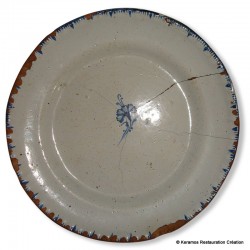 Fêle
Fêle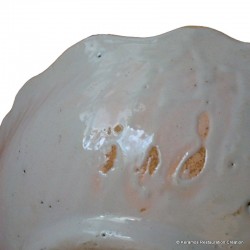 Retirement
Retirement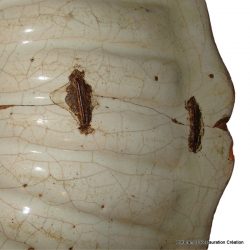 Tressaillage
Tressaillage
Defects of origin
The defects of origin are never restored because they belong to the history of the piece
The removal is an enamel defect before firing. When the enamel is put on a dusty or greasy raw paste, it removes and creates lacks.
The crackling refers to the cracks on the surface of the earthenware. It’s the result of the contraction of the enamel during the cooling.
The flaking generally affects (impacts) the edges and angles.
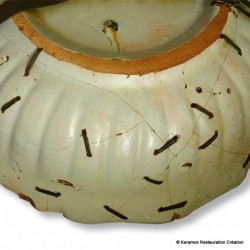 Agrafes
Agrafes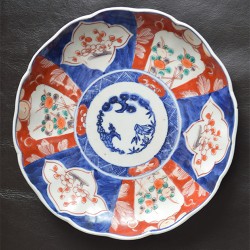 Disparition du décor
Disparition du décor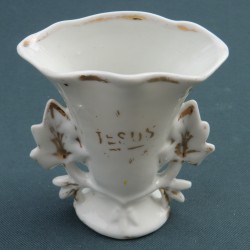 Usure de l'or
Usure de l'or
Alterations
Alterations can be restored according to the cases
Staples are systematically removed, otherwise the rust will go on damaging the piece.
For the other alterations, the study of the general state determines the choice and degree of the restoration.
The disappearance or the wear of the decor is frequent in antics.
The gilding is particularly fragile because it is put last on the enamel and receives few firings.
 Fêle
Fêle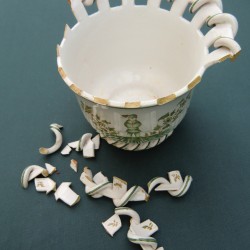 Cassure
Cassure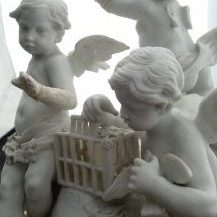 Lacune
Lacune
Accidents
In all those cases, illusionist restoration will be preferred
Cracks are also called hair.
The cracks have to be quickly treated, otherwise, they will become splits.
The splits due to shocks, falls or any other accidents are clear.
Lacks are disappearance of matter: handles, tops, etc
Sculptures lose frequently their fingers, hands, feet, heads or other more fragile details: lace, little flowers, leaves, etc
 Agrafes rouillées
Agrafes rouillées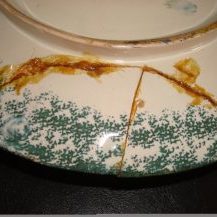 Colle et vernis
Colle et vernis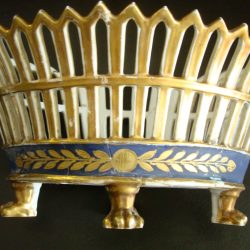 Repeint
Repeint
Old restorations
All old restorations have to be completely undone before any intervention
Staples are taken away to avoid rust, except for copper staples which are so rare and so precious that we keep then.
Old glues and varnishes become yellow and often flake. Solvants are used to desolve them.
Old restorations are often not suitable, as we can see on this pot of Porcelaine de Paris. It needs to be done restored again.